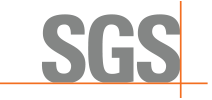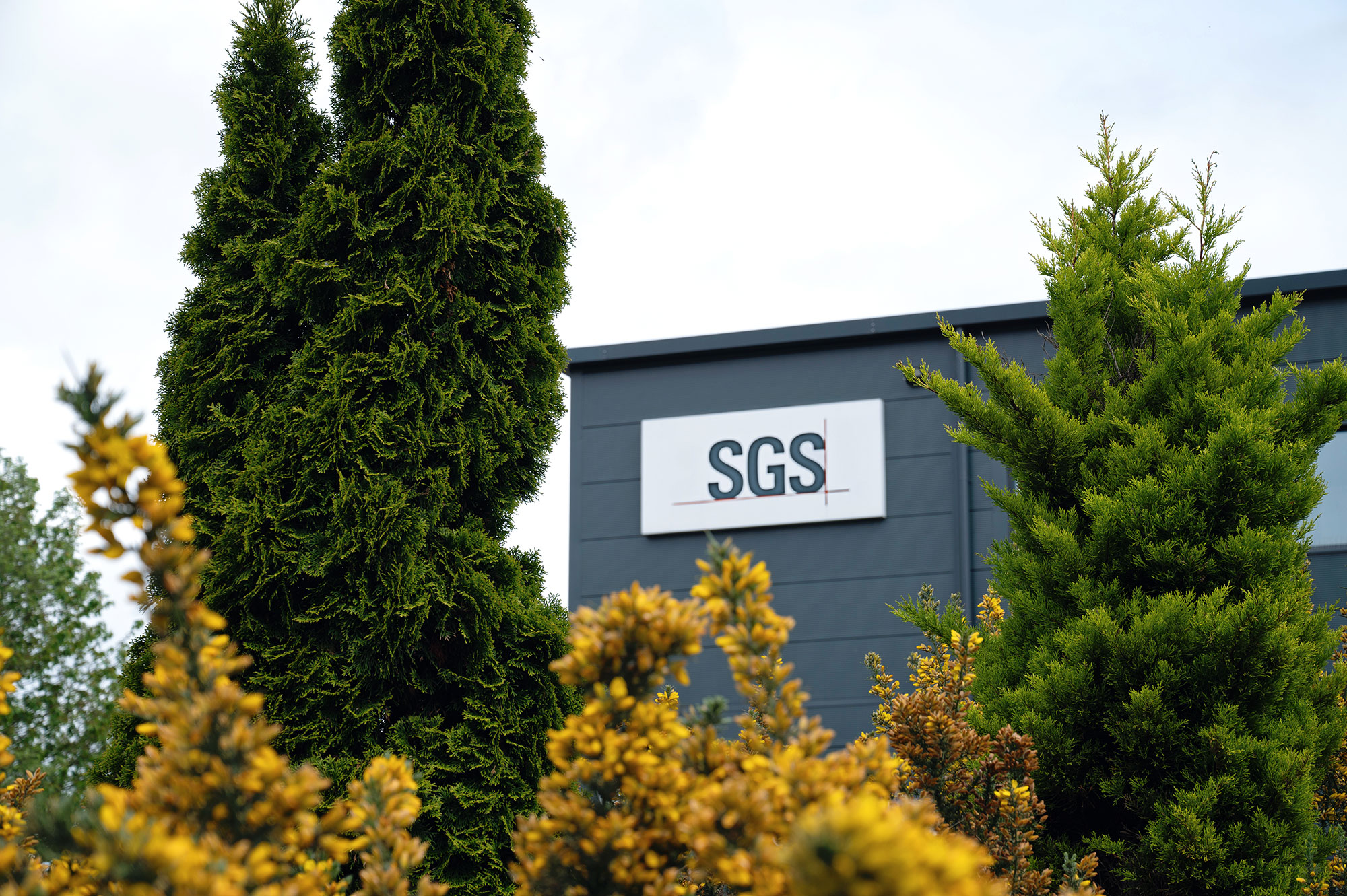Accurate Accredited Radiochemistry Analysis
Radiation chemistry or radiochemistry plays a vital role in monitoring and assessing both naturally occurring and man-made radioactive isotopes in the environment.
Our specialized services help you meet regulatory requirements, assess environmental risks, and manage contamination across a wide range of sample types – whether you’re analyzing drinking water, soil, surface water, or industrial effluents.

SGS Solutions
SGS provides high-precision, low-detection-limit testing for a variety of alpha-, beta-, and gamma-emitting isotopes.
Contact SGSSGS Radiation Chemistry Capabilities
SGS offers a comprehensive suite of radiation detection technologies to ensure accurate identification and quantification of isotopes in diverse matrices. Each method is selected based on the specific isotope and sample type.
High Purity Gamma Detectors
An efficient and non-destructive method for detecting gamma-emitting isotopes, including uranium and thorium decay chain products. Ideal for environmental screening, waste characterization, and historical site assessments. This technique provides sub-Bq/g sensitivity and high spectral resolution, The following isotopes are currently on the Scope of accreditation; Actinium (Ac228), Bismuth (Bi212, Bi214), Cesium (Cs134, Cs137), Cobalt (Co60) Lead (Pb210, Pb212, Pb214), Manganese (Mn54), (Potassium(K40), Radium (Ra226), Thorium (Th230), Uranium (U235), Zinc (Zn65).
Alpha Spectroscopy
Alpha Spectroscopy typically offers some of the best detection limits for alpha emitting isotopes. It is used routinely for alpha only emitting radioisotopes found in the natural decay chains. Isotopic tracers are used to improve accuracy of results. Complex sample digestion and precipitation is required to separate the isotopes of interest form the sample matrix and other alpha emitting isotopes. Lower reporting limits are achievable with long count times. Turnaround times tend to be longer because of the sample preparation and count time. Currently Radium (Ra226) in soil and water is on the scope of accreditation.
Liquid Scintillation Counting
Liquid scintillation counting offers the best counting efficiency for alpha and beta emissions and is often the only option in the laboratory for the determination of tritium. A prepared samples is mixed with scintillation cocktail. The scintillation cocktail is a solution that will absorb radiation and convert it into light. The light is then measured using a liquid scintillation counter. Currently Tritium in water is on the scope of accreditation.
Gas Proportional Counter
A gas filled radiation detector that produces a signal proportional to energy deposited by incident radiation. With the use of a Guard system, GPC is able to detect and discriminate between low levels of Alpha and Beta radiation. Used by several US EPA methods including 903 total Radium alpha emitters in water, and US EPA 900.0 gross Alpha Beta in water. Gross Alpha Beta in soil and water is on the scope of accreditation.

Project Spotlight: Port Hope Area Initiative (PHAI)
SGS has provided long-term analytical support for the Port Hope Area Initiative—Canada’s largest radioactive waste remediation project. Located on the shores of Lake Ontario, the area is undergoing cleanup of low-level radioactive contamination from historic uranium refining.
Our lab continues to support the project with:
- Gamma and alpha spectroscopy for radiological contaminants
- ICP-MS for heavy metals in soils and waters
This project highlights our capacity to deliver analytical excellence on complex, multi-year environmental programs.


